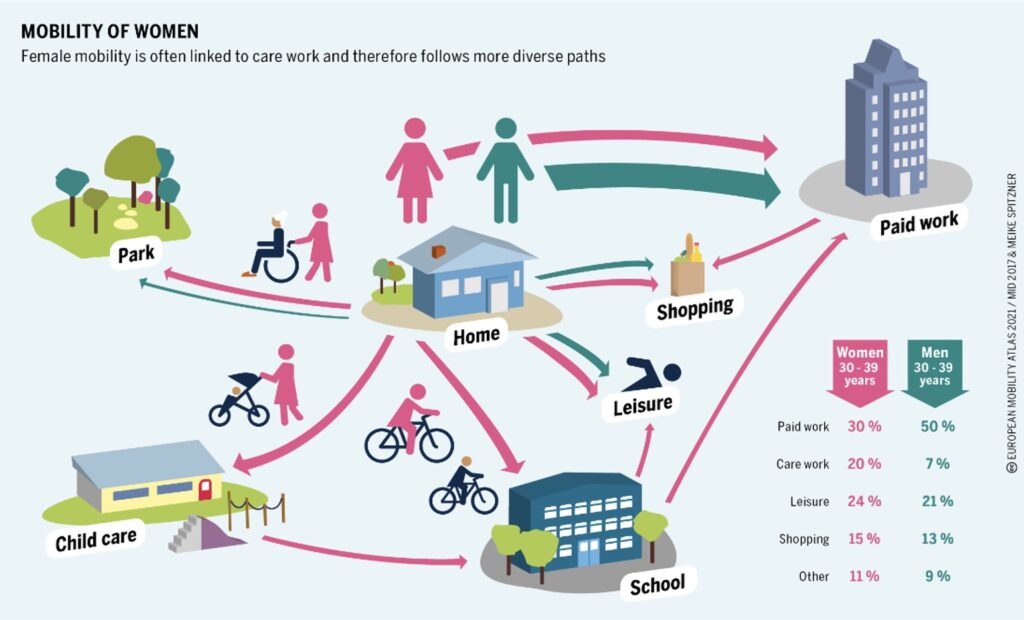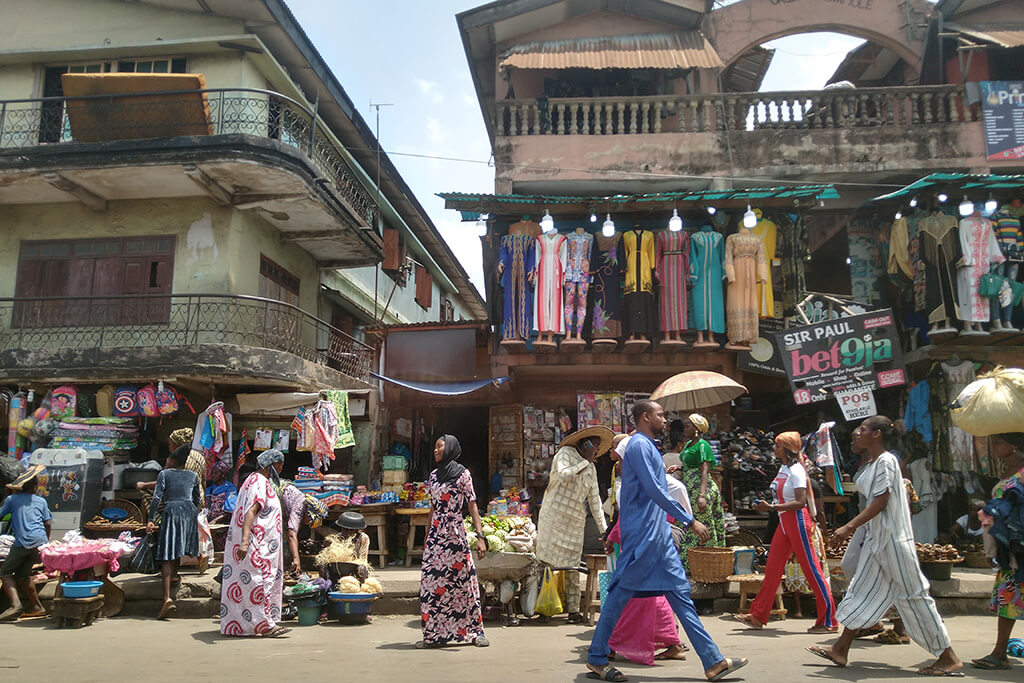Reducing the Gender Data Gap
In 2022, Women Mobilize Women facilitated two data research studies specifically on gender-focused data collection in African cities to help improve the quality and availability of gender disaggregated data. The data and stories collected in each study, produced by Where’s My Transport (WIMT) and Groots–highlight the relationship between quantitative and qualitative data in painting a more complete picture of how women experience transport.
Launching in late 2022, each study provides evidence of what is missed when we don’t take the gender data gap into account when evaluating and planning for gender-responsive mobility. This includes having a clear methodology of how data is collected, who participates, including respondents, data collectors, and who is analysing the data, what types of data is collected, making equal space for qualitative, story and experience-based data, and, of course, how that data is analysed.
Conclusion: The future of gender-responsive data
When we collect gender-equitable data, everybody wins. A greater understand women’s travel patterns creates a more inclusive picture of how everyone travels. The travel needs of women influence the needs of children, the elderly, people with disabilities, and people from varying economic means. When a diverse approach is employed that also considers the inclusion of underrepresented groups, particularly people of colour, then the resulting analysis has a greater reflection of the diverse needs, wants, and behaviours of everyone.
However, it is necessary to be strategic to ensure the same binary patterns of historical data collection are not repeated. This requires investment in diverse approaches to gather data, resulting in a more complete representation of both the data and people involved at all levels of the data collection. In 2021, Women Mobilize Women outlined 6 principles for Bridging the Gender Data Gap. They help highlight steps we can all take to ensure a gender-sensitive and inclusive approach is applied to data collection.
Gender data matters because women represent over 50% of the global population. Without understanding women’s needs, it will remain difficult to achieve the UNSDG of global gender equity. To create more inclusive and more feminist transport systems, women need to be reflected in the data and in the solutions that follow.
* For the purpose of this article, the use of women and girls includes non-binary and transgender persons.







